From the headless king to the mouths of the masses: Britain's ice-cream origins
On National Ice-Cream Day, Jack Watkins traces the sweet treat’s roots and discovers that its popularity owes a lot to London’s ingenious residents and Regent’s Canal.
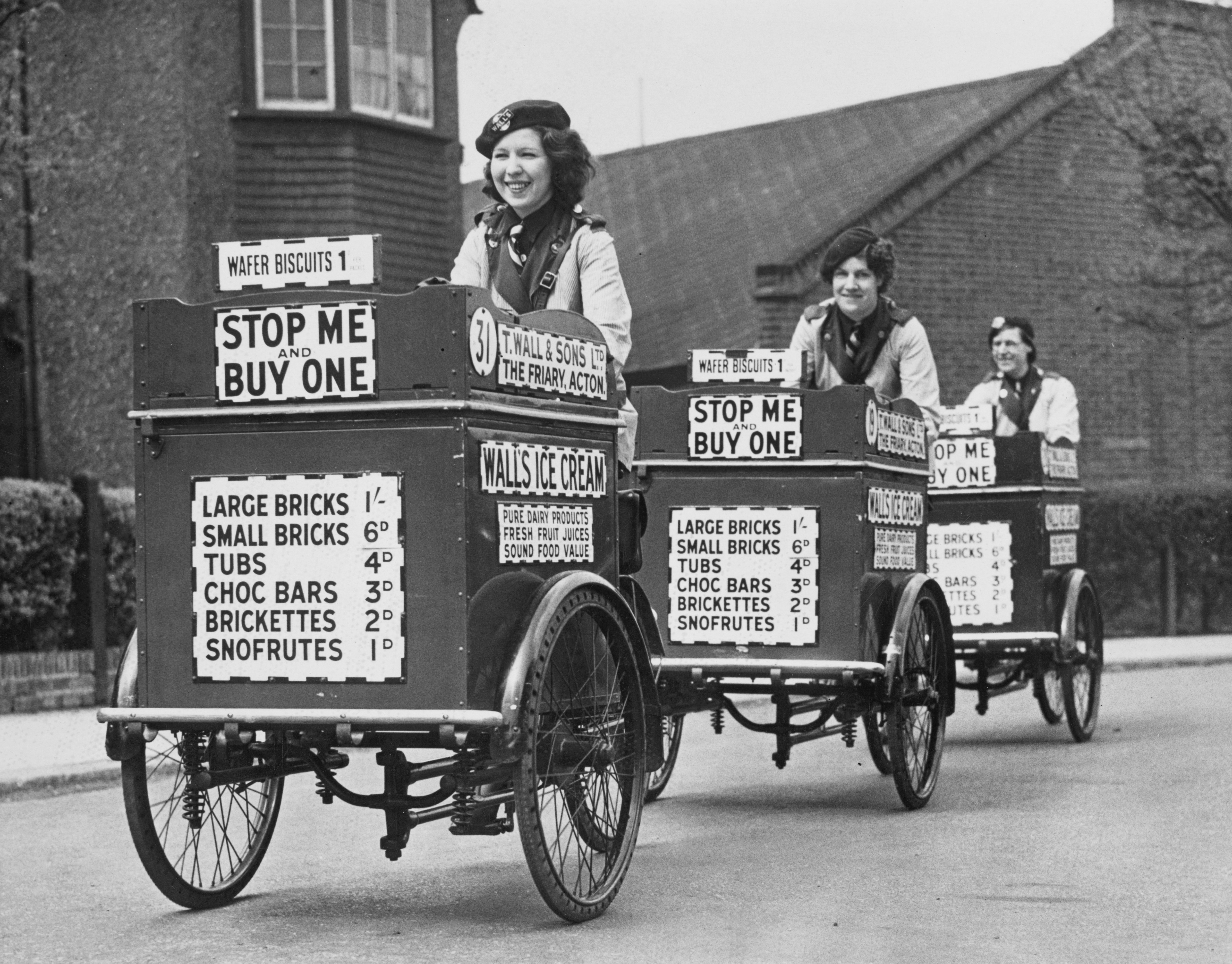

Charles II has had his critics down the centuries, but he wasn’t called the Merry Monarch for nothing and it seems highly fitting that the first time ice cream appeared on the menu in this country came during his reign. In fact, the King himself was probably among the first to savour it, when it was served at a Windsor Castle banquet in 1671, held to mark the Feast of St George.
Sadly, the delectable treat was only destined for royal and aristocratic taste buds for some time, simply because, for years after, the difficulty of storing ice ensured it remained a rare luxury, largely confined to estate owners with ice houses.
‘It was reported that children “buzzed around” the ice men’s carts “like flies around a sugar barrel”'
The so-called ‘Ice Cream King’ of Victorian London, the entrepreneur Carlo Gatti (1817–78), was born in Ticino, a poor Italian-speaking region of Switzerland. Gatti had headed for Paris at the age of 12, where he became involved in several small business ventures, before finally arriving in England in 1847. He settled in London’s Little Italy, an area of Clerkenwell that was home to many Italians escaping the economic and social turbulence of their homeland. At first, he sold waffles from a cart, but, within two years, he’d opened a coffee house in partnership with a fellow émigré from Ticino, Battista Bolla. The shop made its own chocolate, drawing in curious customers by showing the cocoa roasting behind the shop window.
In 1851, Gatti and Bolla exhibited their chocolate-making machine, which had been imported from France, at the Great Exhibition staged in Hyde Park’s Crystal Palace. Gatti’s greatest initiative, however, was to sell ice cream, possibly making him the first person in London to sell the product to the general public.
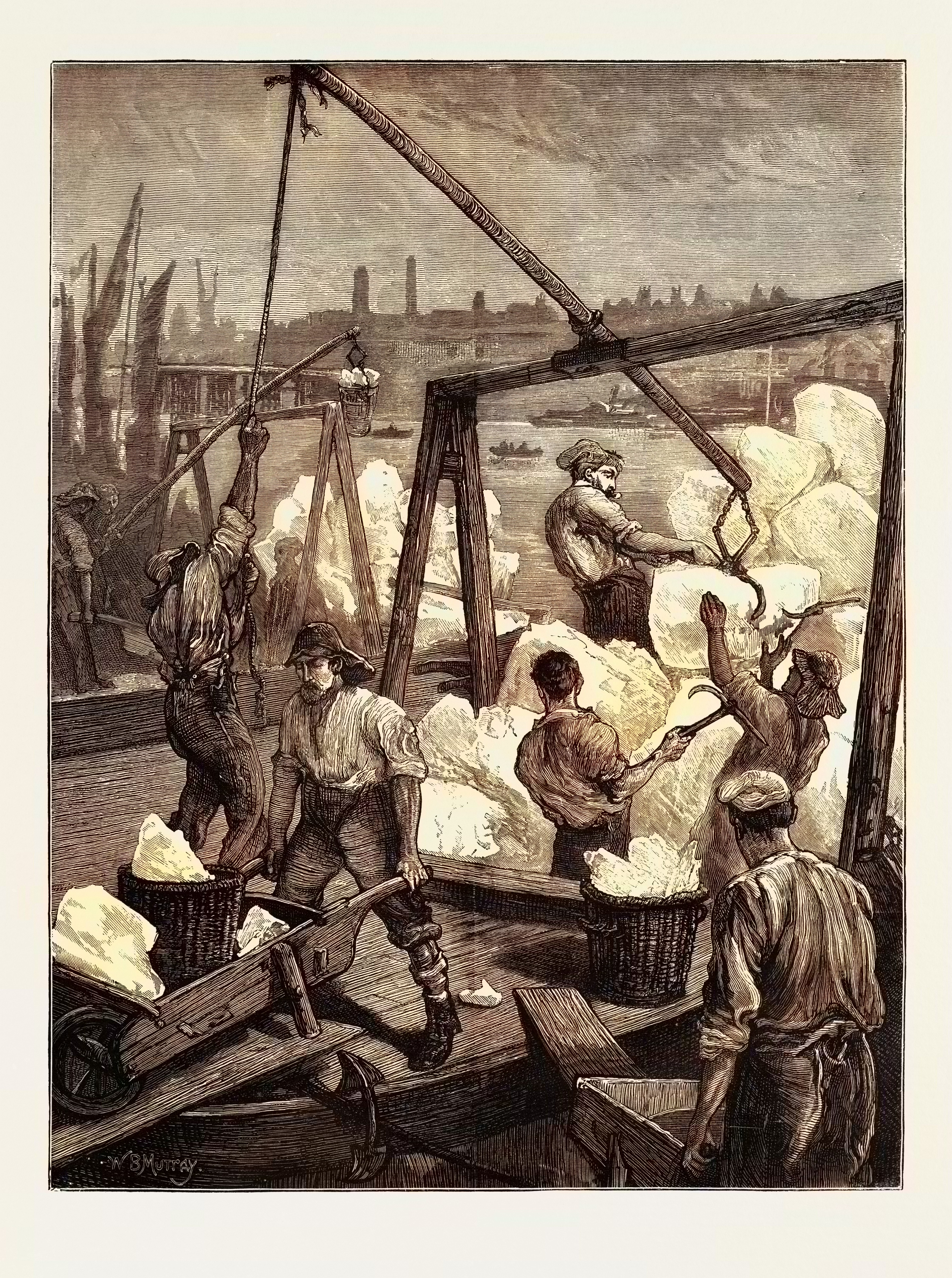
Ice arrived by ship, in large blocks, before being transported from London's docks to large ice wells.
Initially, he sold it from a stall in Hungerford Market — a former produce market close to Charing Cross — before opening a Continental-style café. He employed two nephews as waiters, the ices being served in little shells. It has been claimed that, by 1858, Gatti was selling up to 10,000 penny ices a day.
Key to the success of Gatti’s business was his investment in ice wells. One of these, at 12–13, New Wharf Road, on London's Regent’s Canal, is now the home of the Canal Museum. These wells made the importing of large consignments of Norwegian ice and the sale of ice cream economically realistic for the first time. Gatti had several other wells built along the Regent’s Canal and a green plaque marks the spot on the Caledonian Road, just north of Market Road, where one was built to store 1,500 tons of ice.
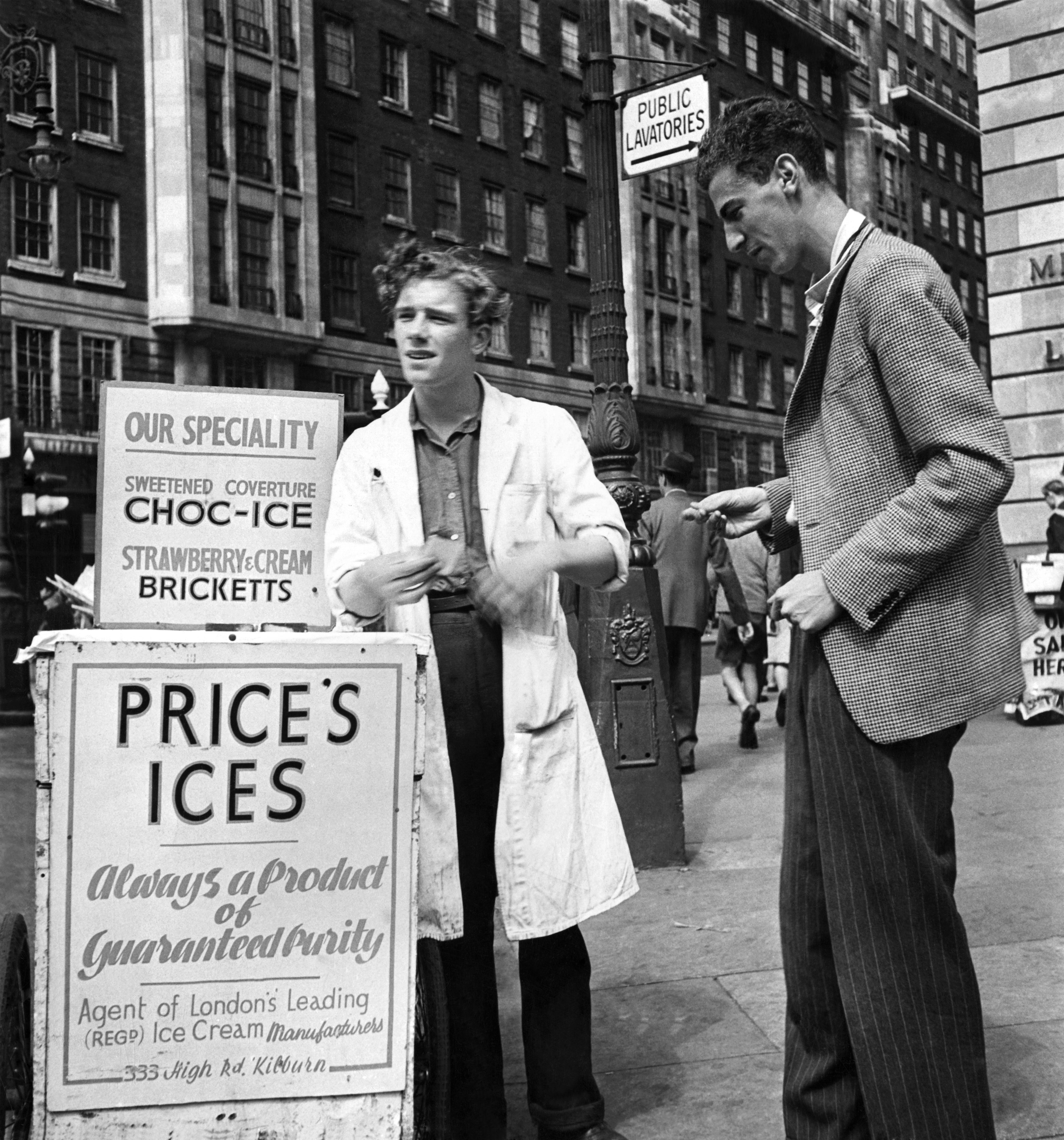
An ice-cream seller finds a customer in the heart of London's shopping centre, in August 1947.
Building on Gatti’s success, London began to see proliferating numbers of ice-cream parlours, as well as coffee and chocolate shops that also offered ice cream to customers. Meanwhile, many street vendors caught on and, by the late 19th century, in a trade almost entirely dominated by Italians, the number of street sellers offering half-penny, penny and sometimes even two-penny licks was in excess of 300 in the Holborn district alone.
The men would collect the ice from the Gatti wells at dawn, mixing in milk, strawberry or lemon flavourings, and then wheel their carts as far as 10 miles to their pitches in various spots around the capital. It was reported that children ‘buzzed around’ the ice men’s carts ‘like flies about a sugar barrel’. The vendors advertised their arrival by calling out ‘Gelati, ecco un poco!’, or ‘O che poco’ (‘Oh, how cheap’), from which the cry ‘hokey pokey’ is said to have derived.
The best ice-cream parlours in London
Gelati and sorbetti specialist in the heart of Soho, home to the unbeatable ricotta-sour-cherry flavour. Its chef Jacob Kenedy has written a book, Gelupo Gelato, ‘a rainbow spectrum’ of gelato recipes.
Multi-national chain of gelato boutiques with several shops in London, including one on Garrick Street. Claims to be a leader in promoting organic gelato.
Family business selling gelato since 1907. Experimental flavours have, in the past, included charcoal, alongside traditional sorbet and soft-vanilla favourites.
Has ice-cream bars in Covent Garden’s Seven Dials Market and Shoreditch, which offer wild flavour combinations, via cups, cones, sundaes or freak-shakes.
Tatty as some of the vendors looked, several did well enough out of their summer trade to spend winters back in Italy and social historians have cited this as an early example of the Continental impact of immigration on the changing diets of Londoners.
However, there were downsides. The licks were served in glasses that had thick bases to make the scoops of ice cream appear more generous than they actually were. And, in a reflection of the era’s more lax concept of public hygiene, the glasses were merely given a dab with a cloth before being reused. There were fears in the 1890s that the practice was contributing to the spread of tuberculosis and it was eventually banned, although some characters went on selling ice cream via the unsanitary glasses into the 1930s.
By then, other vendors were experimenting with placing ice creams between two pieces of sweetened wafers and, by 1923, Wall’s ice-cream tricycles, stamped with the slogan ‘Stop Me And Buy One’, were trundling the streets, offering a wider array of choices, from large and small bricks, to tubs and chocolate bars.
In the Second World War, the tricycles were requisitioned and, after it, Wall’s began investing in electric freezers for shops that sold ices. Ice-cream vans arrived in the 1950s, announcing their presence in London’s suburban districts with the cheerful jingles that instantly transport anyone within hearing distance back to the days of childhood even now. Meanwhile, in central London, ice-cream parlours seem to be booming, with a variety of flavours on offer of which Gatti could scarcely have dreamt.
Jack Watkins has written on conservation and Nature for The Independent, The Guardian and The Daily Telegraph. He also writes about lost London, history, ghosts — and on early rock 'n' roll, soul and the neglected art of crooning for various music magazines
-
 What trees taught me about perfect planting — Alan Titchmarsh
What trees taught me about perfect planting — Alan TitchmarshSense and patience is key to growing healthy trees, as a certain Mr Mackenzie showed a young Alan Titchmarsh
-
 What on earth is the person who comes up with Annabel's otherworldly facade displays on? London's most magical Christmas shop displays
What on earth is the person who comes up with Annabel's otherworldly facade displays on? London's most magical Christmas shop displaysPhotographs by Greg Funnell.
-
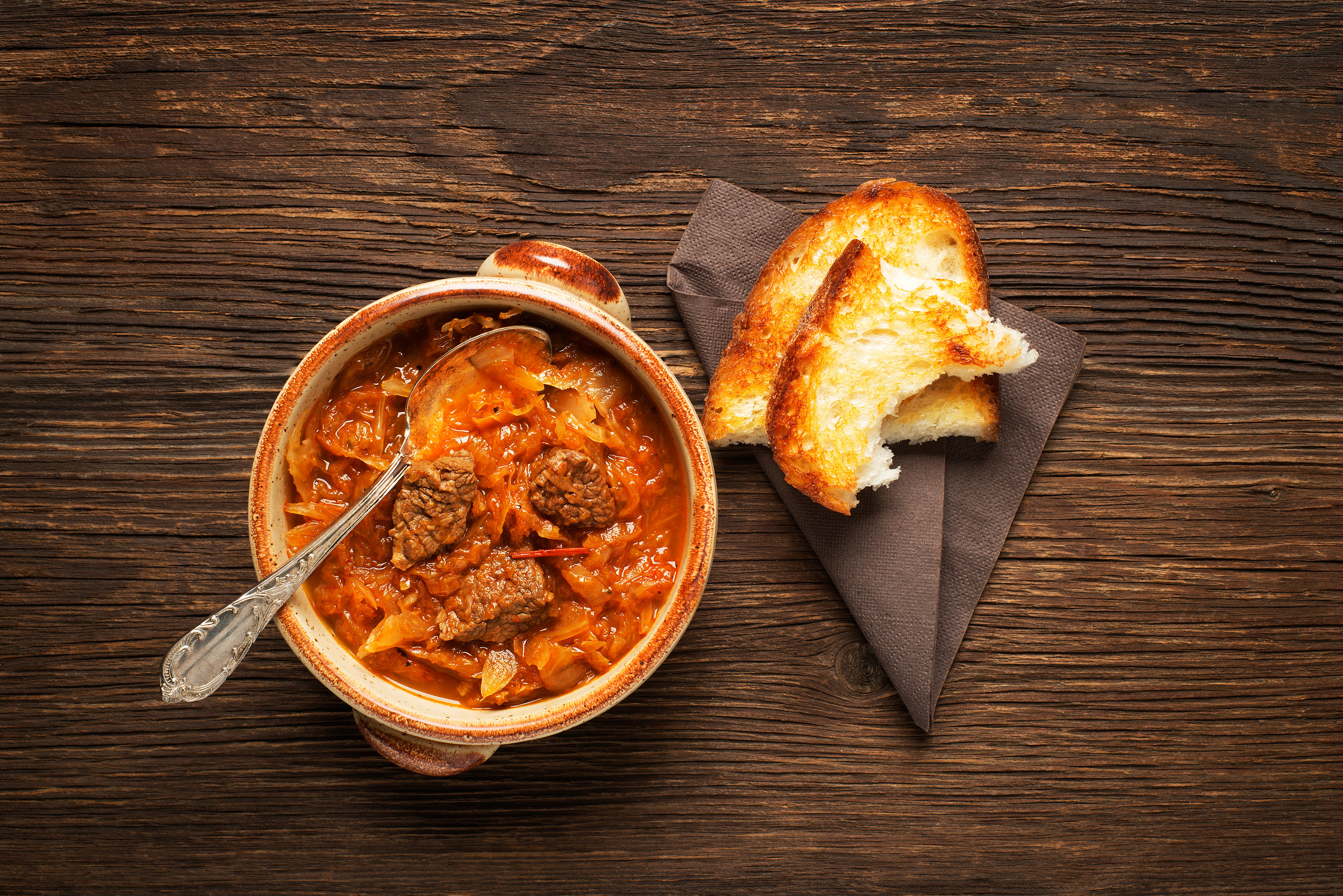 A paprika-spiked goulash recipe to keep you warm as the nights draw in
A paprika-spiked goulash recipe to keep you warm as the nights draw inThe classifications of the Eastern European country’s rustic, paprika-spiked gulyás stews are as multitudinous as they are delicious, proclaims Tom Parker Bowles.
-
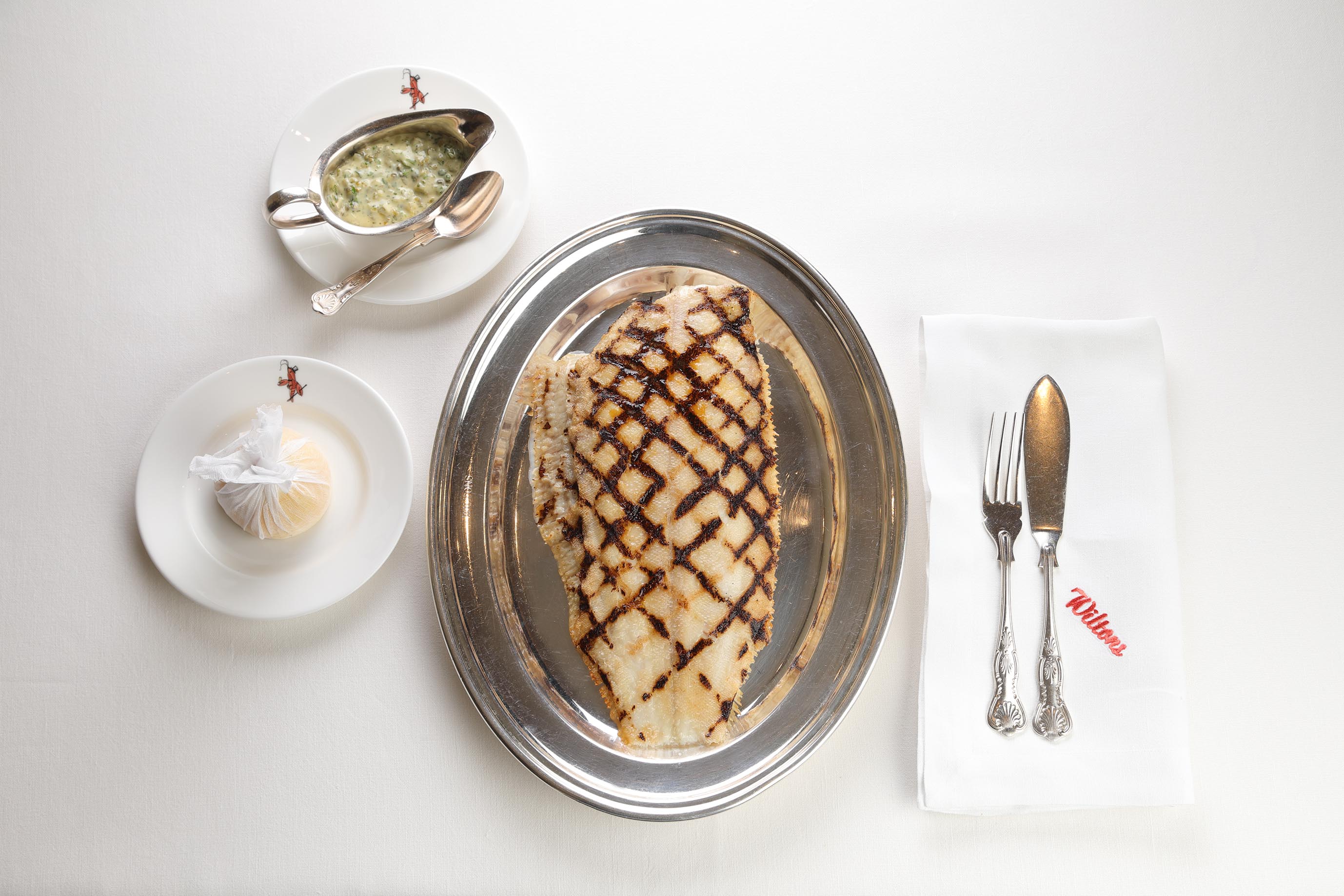 What is everyone talking about this week: Is the Golden Age of fine dining over?
What is everyone talking about this week: Is the Golden Age of fine dining over?It currently costs a restaurant around £35 to procure a Dover sole, but they cannot list said fish for anymore than £45. So, does the current financial climate spell an end to fine dining?
-
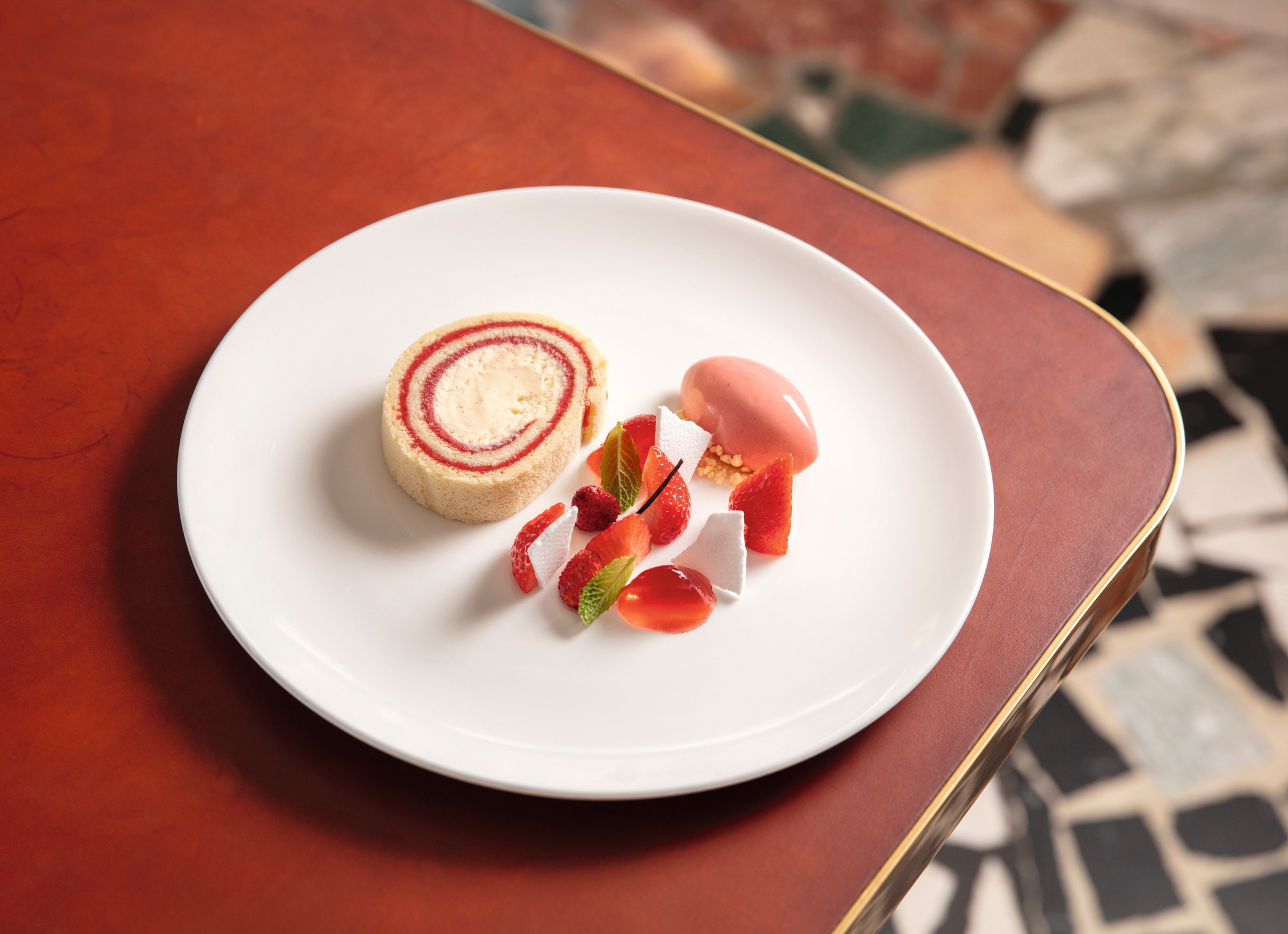 No more froths, no more foams, no more tweezers. Classic dining is making a comeback. Thank god
No more froths, no more foams, no more tweezers. Classic dining is making a comeback. Thank godFrom prawn cocktail and Arctic roll to starched tablecloths and ‘nicotine cream’ on the walls, it’s out with the new and in with the old in the restaurant world
-
 A vineyard for sale on the slopes above 'the best beach in Britain' is for sale at just £650,000
A vineyard for sale on the slopes above 'the best beach in Britain' is for sale at just £650,000In the beautifully unspoilt Devon village of Bantham, an award-winning vineyard is for sale. Toby Keel takes a look.
-
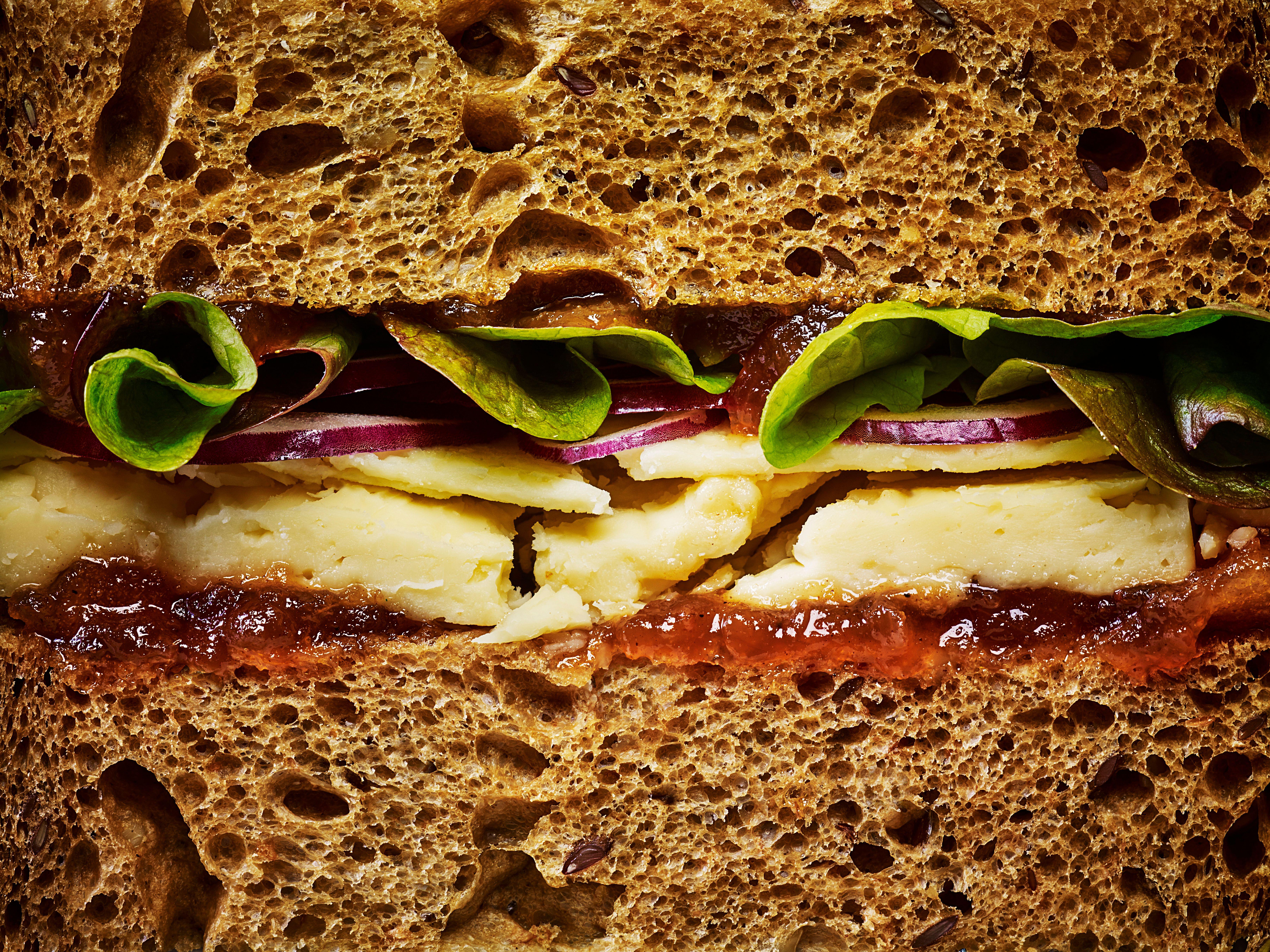 The nine best sandwiches in London, tried, tested and digested
The nine best sandwiches in London, tried, tested and digestedThe sandwich is back and it's bigger and better than ever. David Ellis reveals where to find the best ones in London.
-
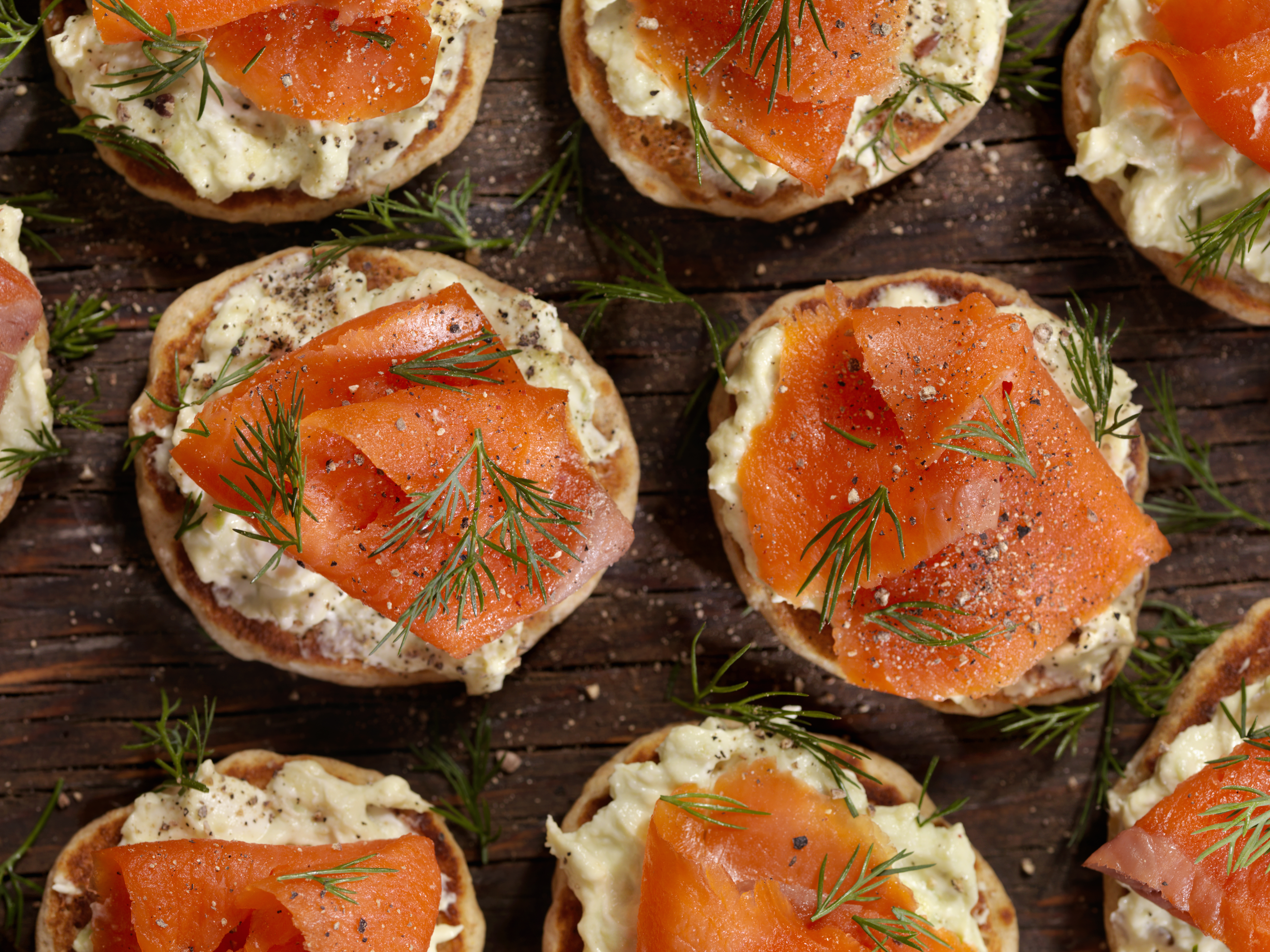 'Someone once proffered a tray and said to me: "Would you like an eat?" I’m not sure I’ve ever seen that person again': A snob's guide to canapés
'Someone once proffered a tray and said to me: "Would you like an eat?" I’m not sure I’ve ever seen that person again': A snob's guide to canapésTeeny, tiny food can throw up some big problems, says our modern etiquette columnist.
-
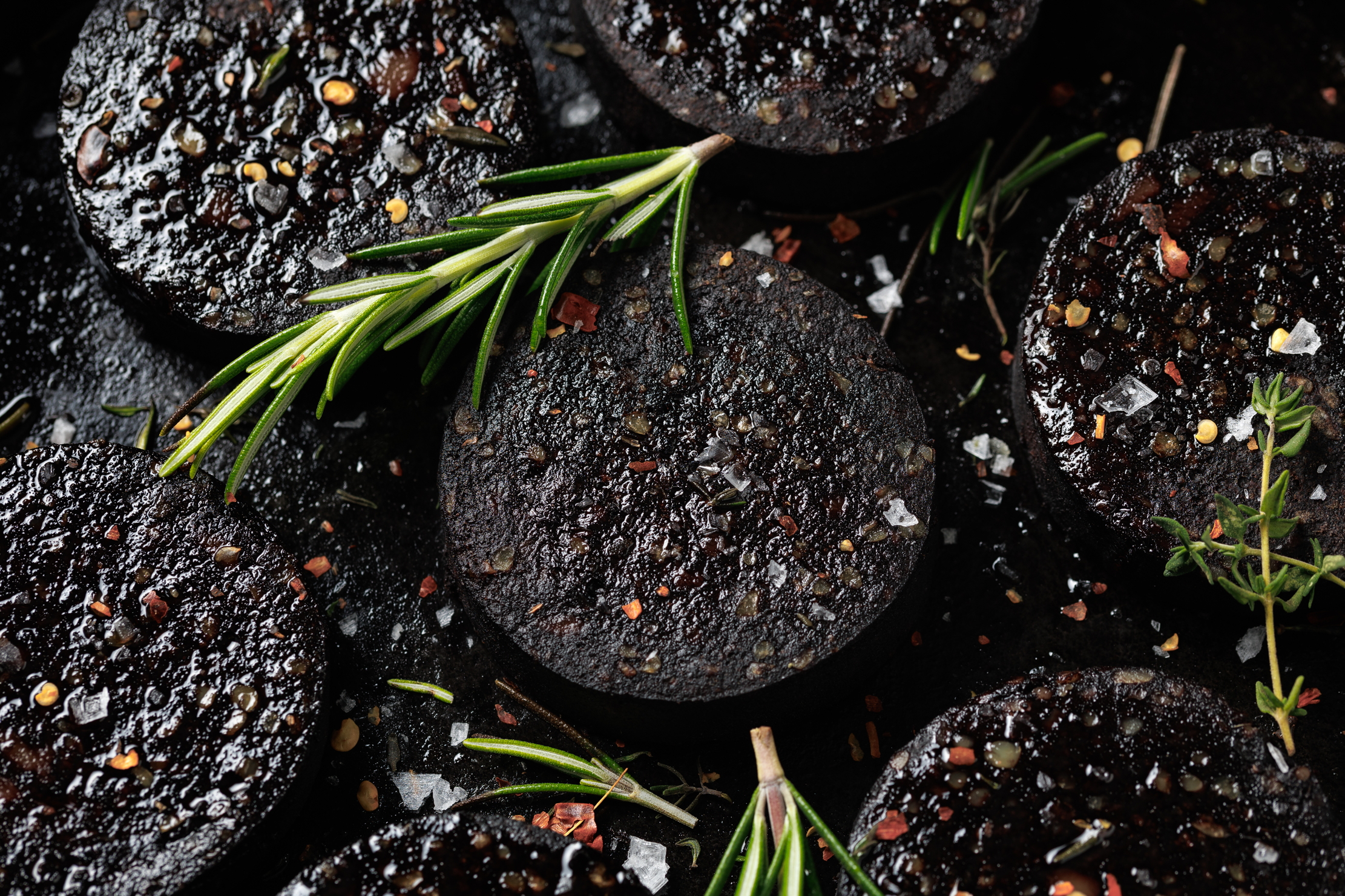 Made with porpoise blood, eaten with beaver tail: The not-so-normal history of the black pudding
Made with porpoise blood, eaten with beaver tail: The not-so-normal history of the black puddingAncient, but still popular, both very global and very local, much loved and at one point fiercely disdained. Bound up within the beloved black pudding there’s so much culture, so much history, and so many stories.
-
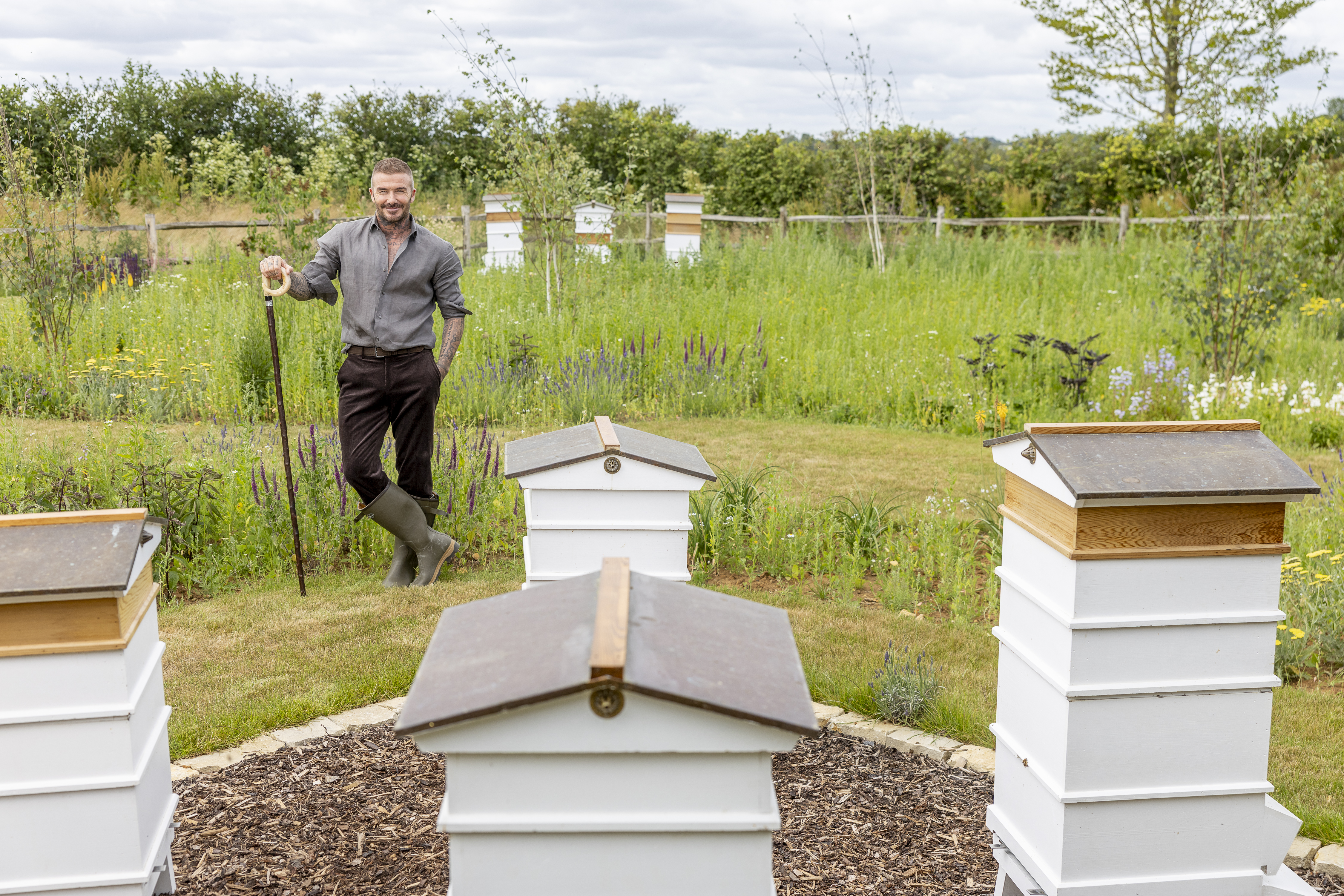 'My sister Catherine shares a love of bees and has a few hives herself': James Middleton, Jamie Oliver and Sir David Beckham on the pleasures of harvesting your own honey
'My sister Catherine shares a love of bees and has a few hives herself': James Middleton, Jamie Oliver and Sir David Beckham on the pleasures of harvesting your own honeyBeekeeping is a star-studded hobby and has much to offer, finds Jane Wheatley.
